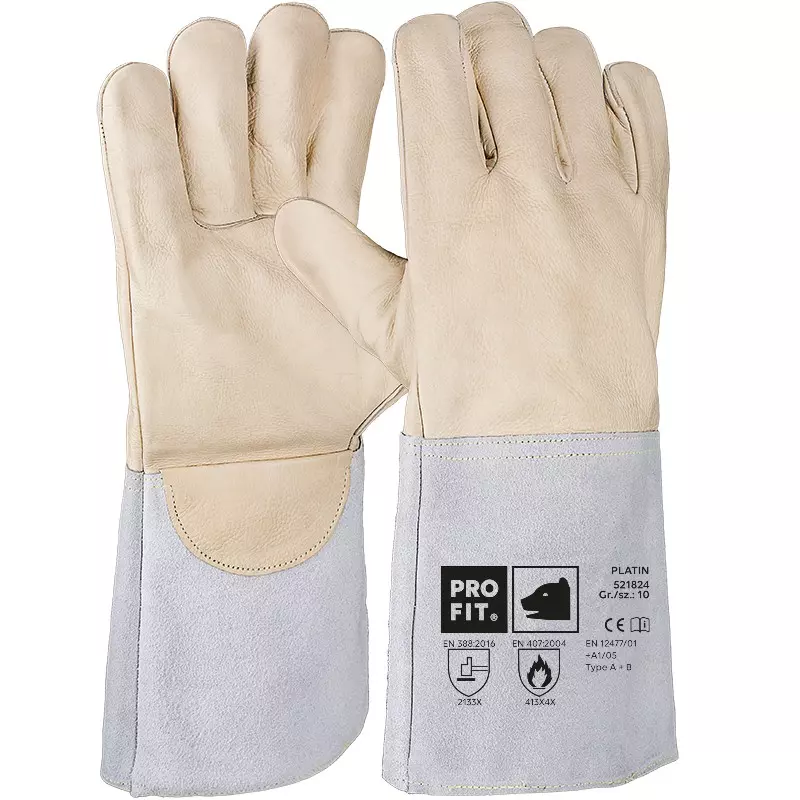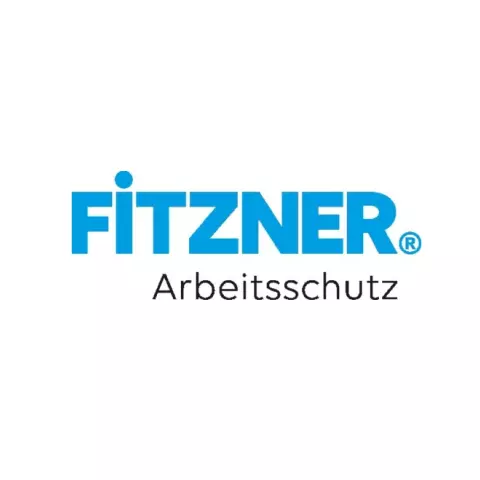PRO FIT Cowhide Full Leather Welding Glove
5.0 / 5
Product description
The high-quality welding glove offers optimal protection during demanding welding work through its robust full-grain cowhide leather construction. The combination of full-grain cowhide leather on palm and back of hand along with split cowhide leather on the cuff ensures maximum durability. The complete lining and welted seams provide enhanced wearing comfort and extended service life.
Product Features:
- Palm and back of hand made from full-grain cowhide leather
- Cuff made from split cowhide leather
- Improved spark resistance on back of hand
- Complete lining for enhanced wearing comfort
- Welted seams for longer durability
- Integrated pulse protection
Technical Details:
- Length: approx. 35 cm
- Light heat protection
- Mechanical protection
- Category II PPE
Standards:
- EN 388:2016 (2133X)
— Abrasion resistance: 2
— Cut resistance: 1
— Tear resistance: 3
— Puncture resistance: 3
- EN 407 (413X4X)
- EN 12477 Type A B
- Slip Resistant
- Hand Protection
- Welding
- Antimicrobial Protection
- Cut Resistant
- Heat & Flame Resistance
Standards and labels
Fitzner Arbeitsschutz delivery terms
Free delivery when you order more than 1 650,00 kr from Fitzner Arbeitsschutz
Supplier shipping fee 55,20 kr
Brand minimum 1 100,00 kr
104,62 kr
Shipping fee is 55,20 kr for orders under 1 650,00 kr
Sold in units of one pair
Need larger quantities?
Other products you may like
Recently viewed
Other products you may like
Similar products you may like
Autonomous sourcing platform
The most efficient way to source and order supplies for your operations



